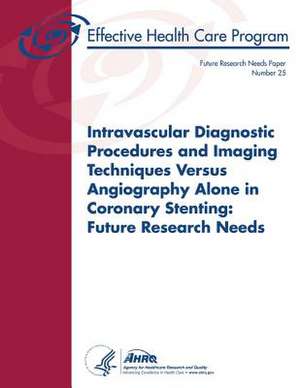Intravascular Diagnostic Procedures and Imaging Techniques Versus Angiography Alone in Coronary Stenting
Autor U. S. Department of Heal Human Services, Agency for Healthcare Resea And Qualityen Limba Engleză Paperback
Preț: 89.69 lei
Preț vechi: 94.42 lei
-5% Nou
Puncte Express: 135
Preț estimativ în valută:
17.16€ • 17.85$ • 14.17£
17.16€ • 17.85$ • 14.17£
Carte disponibilă
Livrare economică 24 martie-07 aprilie
Preluare comenzi: 021 569.72.76
Specificații
ISBN-13: 9781491071526
ISBN-10: 1491071524
Pagini: 42
Dimensiuni: 216 x 280 x 2 mm
Greutate: 0.12 kg
Editura: CREATESPACE
ISBN-10: 1491071524
Pagini: 42
Dimensiuni: 216 x 280 x 2 mm
Greutate: 0.12 kg
Editura: CREATESPACE
